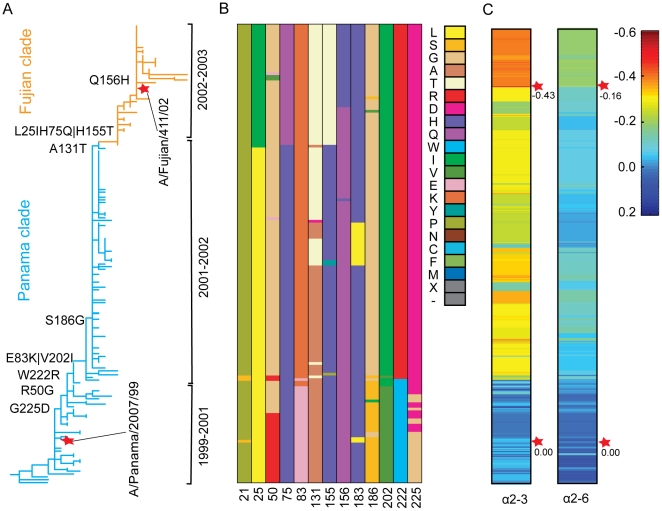Figure 2. Evolution of receptor binding specificity of the Panama- and Fujian-like viruses.
A, Phylogenetic analysis of evolutionary history of human H3N2 viruses isolated in China from year 2000 to 2002 covering flu seasons from 1999–2000 to 2002–2003. The red stars denote the position of A/Panama/2007/1999 virus and A/Fujian/411/2002 virus on the phylogenetic tree. Key amino acid changes are shown at the indicted positions during the evolution from Panama-like viruses to Fujian-like viruses. B, Dynamic changes of amino acids at 13 sites that differ between Panama-like viruses and Fujian-like viruses alined along the phylogenetic tree in A. Color code of amino acids, represented by a single letter, is shown. ‘X’ and ‘-‘ indicates unknown amino acid and gaps, respectively in the HA sequence. C, Comparison of calculated binding strengths for all HAs in A to both avian (α2–3) and human (α2–6) receptor analogs, normalized to those of HA of A/Panama/2001/99 by  . The heat map of binding strength is aligned with the corresponding HAs in the phylogenetic tree to indicate dynamic change of the binding strengths of these viral HAs to both avian and human receptors during evolution. Scale of normalized binding strength values is shown. From year 1999 to 2003, cool colours changed to be hot colours. It reflects the binding strength was decreased, especially for the avian receptor analog. The red stars denote the normalized binding strength values of A/Panama/2007/1999 virus and A/Fujian/411/2002 virus.
. The heat map of binding strength is aligned with the corresponding HAs in the phylogenetic tree to indicate dynamic change of the binding strengths of these viral HAs to both avian and human receptors during evolution. Scale of normalized binding strength values is shown. From year 1999 to 2003, cool colours changed to be hot colours. It reflects the binding strength was decreased, especially for the avian receptor analog. The red stars denote the normalized binding strength values of A/Panama/2007/1999 virus and A/Fujian/411/2002 virus.

